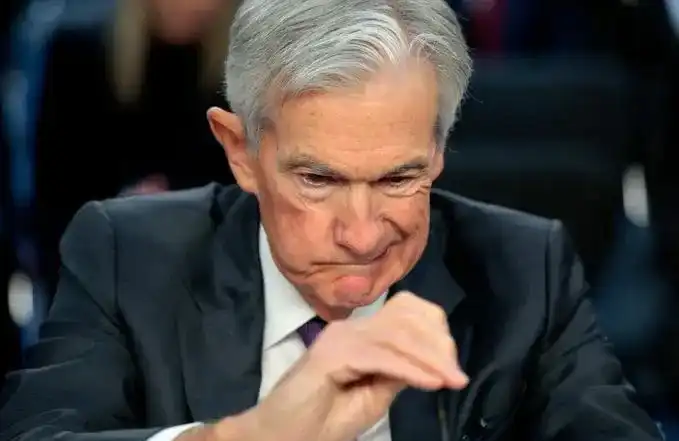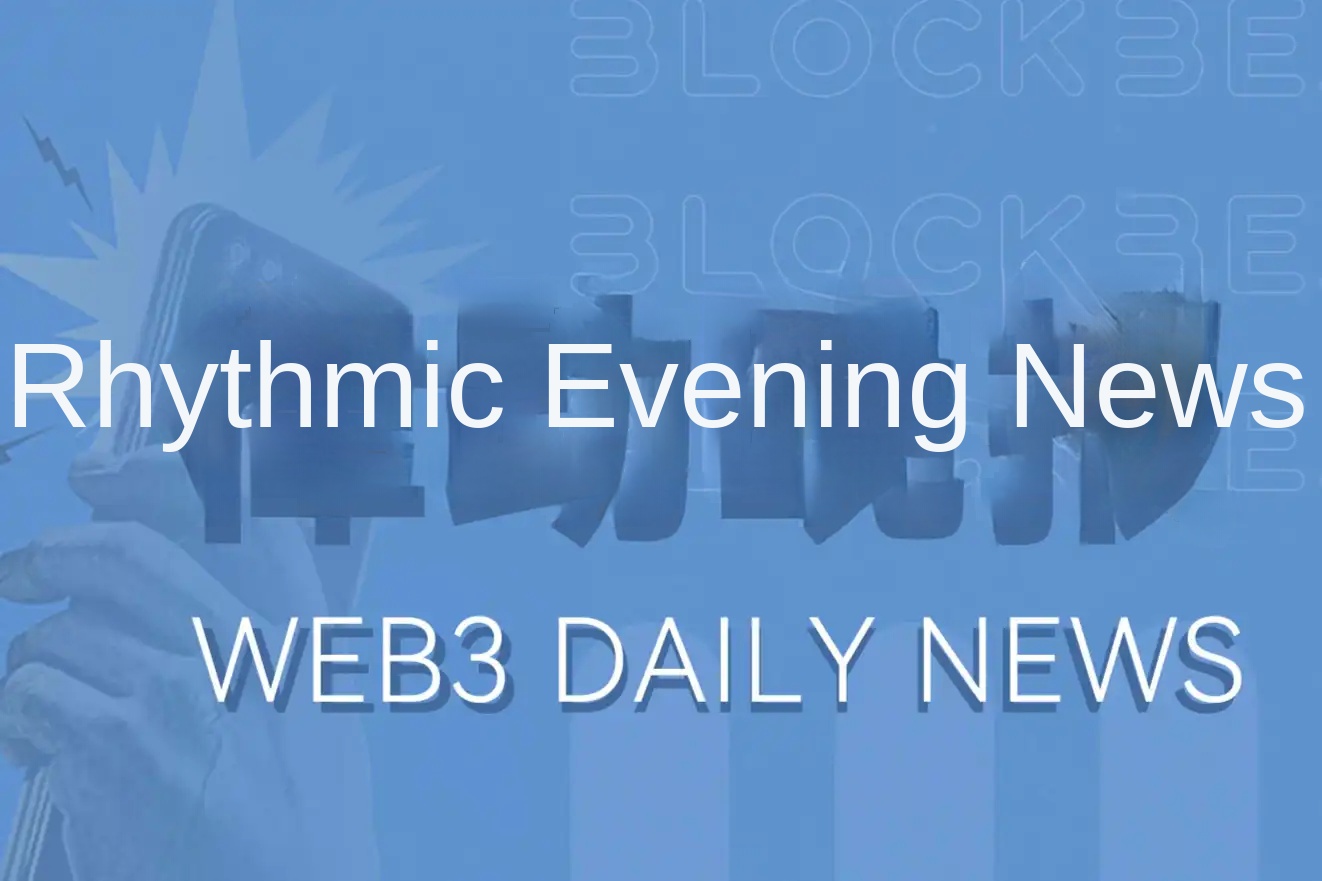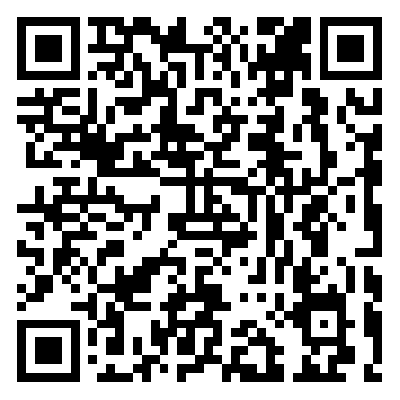Organizing the logical relationship between Bitcoin UTXO, Ordinals, and BRC20 technology.
Source: Haotian (Twitter: @tmel0211), blockchain security practitioner
Since the launch of Ordinals, the Bitcoin inscription market has always been niche, but the emergence of the BRC20 standard has changed this situation. When the ordi myth of ten thousand times was still spreading, the Bitcoin NFT small picture market also broke the silence. With a hardcore popular science attitude, in the following thread, I will briefly sort out the technical logic relationship between Bitcoin UTXO, Ordinals, and Brc20, and explore the narrative economics behind it.
After seeing the prosperity that the ERC721 standard brought to the Ethereum market, some developers have been thinking about injecting NFT gameplay into Bitcoin. The UTXO data structure with unique characteristics has become a breakthrough point: when an address adds a BTC, a UTXO is generated, and when an address spends a BTC but does not spend it all, a new UTXO replaces the original UTXO, so tracking UTXO can track Bitcoin address balance and other status information.
UTXO is composed of a TX hash value and an output pointing to an incrementing index number starting from zero, similar to the ID sequence of ERC721; and each index number corresponds to a public key script ScriptSubKey, which originally only describes the conditions and rules for spending the UTXO. After the Taproot soft fork, UTXOs can embed additional content such as images, text, audio, and JSON data packages in their output scripts;
These serial numbers and script data are all on the Bitcoin chain. The Ordinals retrieval tool has appeared to parse them and provide a solution for moving NFTs to the Bitcoin network. It provides the ability to retrieve Metadata data from the corresponding public key output script based on the UTXO index number sequence, which enables UTXOs to carry NFT functionality. The process of generating NFTs is inscribed by uploading the corresponding NFT data for UTXOs.
It should be noted that inscribe follows the first-come-first-served convention for engraving. If the same string of characters appears in the public key script of Bitcoin, the engraving data corresponding to the earlier Ordinals sequence number is the valid engraving. The interpretation right belongs to the third-party platform that displays the engraving. This is why everyone can upload punk to the Bitcoin network, but only the earliest bitcoin punk is authentic. This is actually a kind of consensus!
Soon, the market spawned various gameplay methods such as Bitcoin picture NFTs, domain name NFTs, Text, file NFTs, and more. Compared to Ethereum's network, where Metadata is presented in URL form, Bitcoin NFT metadata is directly stored in the public key script of Bitcoin, so many people consider the Bitcoin public chain to be the best place to store NFT collections. However, this trend gradually cooled down amidst criticism of its use of network storage resources.
However, the magical innovative power in the crypto field is always surging. In early March, a developer named @domodata designed a BRC20 inscription experiment, which uses the json data packet in the public key script as the carrier, including parameters such as depoly, mint, and transfer. Because the BTC public key script only stores data and does not support the execution of smart contract instructions. With the json data packet, off-chain platforms can record a set of ledger extension applications.
For example, domo deployed ordi's BRC20 with a total supply of 21 million and a limit of 1000 per address. The off-chain accounting platform will track the inscription data information starting from ordi's deployment sequence number and mark it as "mint". Only the next 21,000 inscription data packages containing "mint" will be considered valid inscriptions, following the "first is first" principle. If more inscriptions are recognized later, it will exceed the total supply, which is obviously not allowed.
This is exactly why BRC20 requires third-party platforms to read and manage accounts. Currently, functions such as transfer and mint are simple and easy to track, but if BRC20 needs to be upgraded and additional features such as deploy address taxation are added, it becomes more complex. Unlike Ethereum, multiple contracts cannot be called publicly. This puts a great deal of pressure on the authority and impartiality of the platform's account reading, retrieval, and management.
There are many technical challenges here, such as how to control the number of people with mint inscriptions through the front-end interface; how to make on-chain transactions transparent and fair on the back-end; and how the platform can provide users with an entry to increase miner fees and improve packaging efficiency by tracking the utxo queue. All these functions are experiences that third parties need to further optimize; In the midst of chaos, there will naturally be novices who receive education and baptism from the unknown market.
To give a simple example: grabbing BRC20 inscriptions is like trying to book train tickets on 12306. There are only a limited number of available seats in the train car, so it's first come, first served. If you push your way in and end up with an invalid inscription, you'll have to stand. Of course, you can also buy a valid ticket at a high price from a scalper, although it will be more expensive, at least you can sit down. But if you buy an invalid ticket and try to get a refund from the train station, it's impossible.
The key point is that although the accounting method of BRC20 is a bit rough, the narrative is quite interesting and easy to go viral. Everyone can deploy and mint, and it promotes the decentralized meme culture. For a while, everyone is fomoing. The significance of BRC20 is to allow retail investors to enter the Bitcoin NFT field at a low cost, and to help a series of NFTs under the ordinals framework benefit. Therefore, the reason for the hot market of Bitcoin's small picture market in these two days is self-evident.
The above content is difficult to express technically and is too rigorous. I will only break down the internal logical principles of the Bitcoin UTXO mechanism, Ordinals, and the market evolution of Brc20 from a logical perspective, allowing everyone to feel how ordinals retrieval and the BRC20 standard have flourished in the Bitcoin NFT market. As for how the market will develop in the future, I am also observing with a cautious attitude. Before that, please stay curious and participate cautiously, and leave it to time.
Original Link
Welcome to join the official BlockBeats community:
Telegram Subscription Group: https://t.me/theblockbeats
Telegram Discussion Group: https://t.me/BlockBeats_App
Official Twitter Account: https://twitter.com/BlockBeatsAsia
 Forum
Forum OPRR
OPRR Finance
Finance
 Specials
Specials
 On-chain Eco
On-chain Eco
 Entry
Entry
 Podcasts
Podcasts
 Data
Data


 Summarized by AI
Summarized by AI






